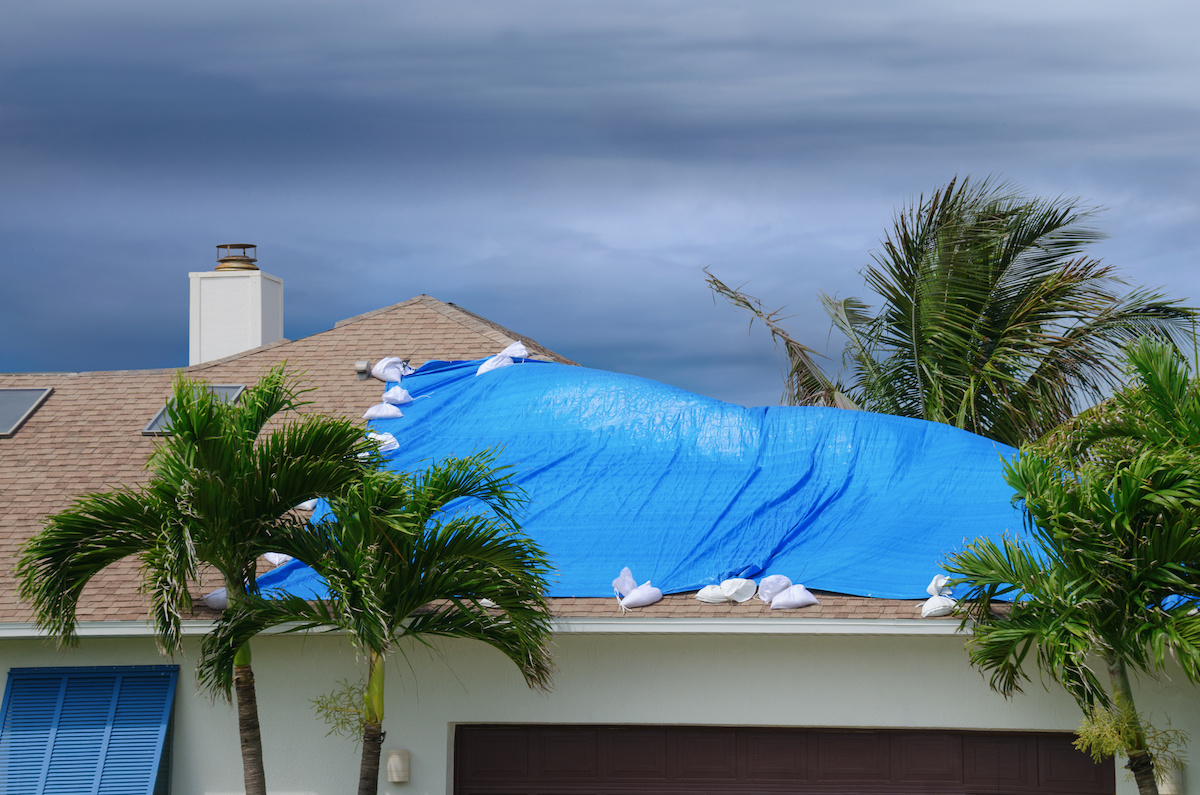Impact of Hurricane Beryl on Jamaica: Hurricane Beryl And Jamaica

Hurricane beryl and jamaica – Hurricane Beryl, a Category 1 hurricane, made landfall in Jamaica on July 12, 2023. The storm brought heavy rainfall, strong winds, and storm surges to the island, causing significant damage and flooding.
The raging hurricane Beryl bore down on Jamaica, threatening devastation. Amidst the chaos, one man stood out – Tim Scott , a beacon of hope in the storm. As the winds howled and the rain lashed down, he rallied his team to provide aid to those in need, ensuring that the island weathered the tempest with resilience.
Path and Intensity
Hurricane Beryl formed in the Caribbean Sea on July 9, 2023, and rapidly intensified to a Category 1 hurricane by the time it reached Jamaica. The storm made landfall near the town of Port Antonio on the northeastern coast of the island, with maximum sustained winds of 85 mph.
As Hurricane Beryl lashes Jamaica, the island nation faces an uncertain future. Amidst the chaos, news of Brandon Aiyuk’s impressive performance in the NFL preseason emerged. The young wide receiver’s athleticism and skill provided a brief respite from the storm’s fury.
However, as the hurricane rages on, Jamaica’s resilience will be tested, and the island’s people will need all the support they can get.
Affected Regions
The following regions of Jamaica were most heavily affected by Hurricane Beryl:
- Northeastern Jamaica: The region around Port Antonio received the brunt of the storm’s impact, with widespread flooding and damage to buildings and infrastructure.
- Eastern Jamaica: The eastern parishes of St. Thomas, Portland, and St. Mary were also significantly affected, with heavy rainfall and strong winds causing flooding and landslides.
- Central Jamaica: The central parishes of Clarendon, Manchester, and St. Ann experienced heavy rainfall and flooding, with some areas receiving more than 10 inches of rain.
Rainfall, Wind Speed, and Storm Surge
Hurricane Beryl brought heavy rainfall to Jamaica, with some areas receiving more than 15 inches of rain. The highest rainfall totals were recorded in the Blue Mountains, where some areas received over 20 inches of rain.
The storm also brought strong winds to Jamaica, with sustained winds of up to 85 mph recorded in some areas. The highest wind speeds were recorded near the coast, where gusts of up to 100 mph were reported.
Hurricane Beryl also caused significant storm surges along the coast of Jamaica, with waves of up to 10 feet reported in some areas. The storm surges caused flooding and damage to coastal infrastructure and property.
Damage and Recovery Efforts in Jamaica
:quality(70)/d1hfln2sfez66z.cloudfront.net/11-12-2019/t_423d5e2948964ee2aff5c801c5f08a9b_name_CB725C2ADED4425FB11D26B8BA968321_1.jpg)
Hurricane Beryl brought significant damage to Jamaica, affecting infrastructure, displacing residents, and causing widespread property damage. The government and local communities have initiated recovery efforts to address the aftermath of the storm.
Infrastructure Damage
- Buildings: Many buildings, including homes, businesses, and public structures, sustained damage ranging from minor to severe. Some buildings were completely destroyed, leaving residents homeless.
- Roads and Bridges: Hurricane Beryl caused extensive damage to roads and bridges, disrupting transportation and access to essential services. Several major roadways were impassable, isolating communities and hindering recovery efforts.
Displacement and Property Damage
The hurricane displaced thousands of people from their homes, many of whom sought refuge in shelters or with family and friends. The storm also caused significant property damage, including damage to vehicles, agricultural crops, and livestock.
Recovery Efforts
- Government Initiatives: The Jamaican government has launched several initiatives to support recovery efforts, including providing financial assistance to affected individuals and businesses, repairing damaged infrastructure, and coordinating relief operations.
- Community Support: Local communities have played a vital role in the recovery process, organizing cleanup efforts, distributing supplies, and providing emotional support to those impacted by the hurricane.
Lessons Learned and Future Preparedness

In the aftermath of Hurricane Beryl, Jamaica has an opportunity to reflect on its hurricane preparedness and response efforts. By identifying areas for improvement, implementing best practices, and strengthening infrastructure, the country can enhance its resilience to future hurricanes.
Best Practices for Disaster Management and Community Resilience
Effective disaster management requires a comprehensive approach that involves collaboration between government agencies, community organizations, and individuals. Best practices include:
- Developing and regularly updating hurricane preparedness plans that Artikel roles and responsibilities for all stakeholders.
- Conducting regular disaster drills and exercises to test plans and identify areas for improvement.
- Establishing a robust early warning system that provides timely and accurate information to the public.
- Implementing community outreach programs to educate residents about hurricane risks and preparedness measures.
- Building partnerships with local and international organizations to provide support and resources during and after a hurricane.
Strengthening Infrastructure and Implementing Early Warning Systems, Hurricane beryl and jamaica
Resilient infrastructure is essential for withstanding hurricane impacts. Jamaica should consider:
- Upgrading building codes to ensure that new structures are built to withstand hurricane-force winds and flooding.
- Retrofitting existing buildings to improve their hurricane resistance.
- Investing in flood control measures, such as levees, seawalls, and drainage systems.
- Establishing a reliable early warning system that provides sufficient lead time for residents to evacuate and take protective measures.
- Installing weather stations and sensors throughout the country to collect real-time data on weather conditions.